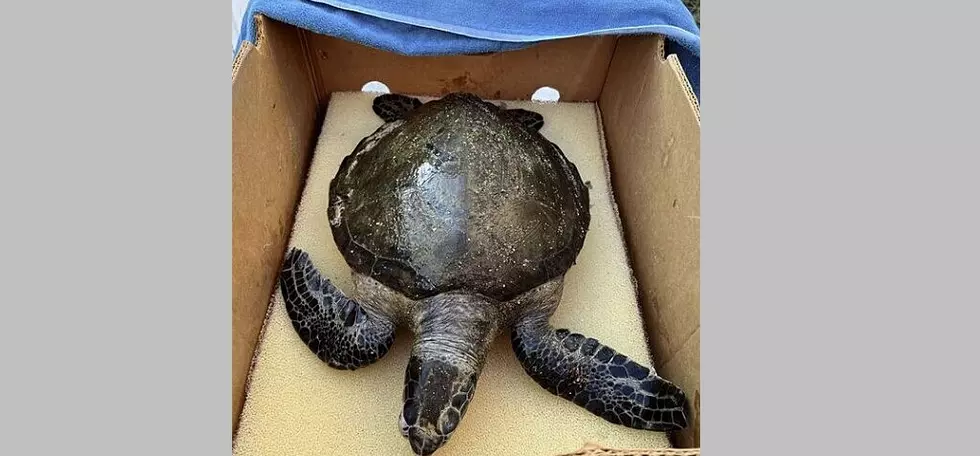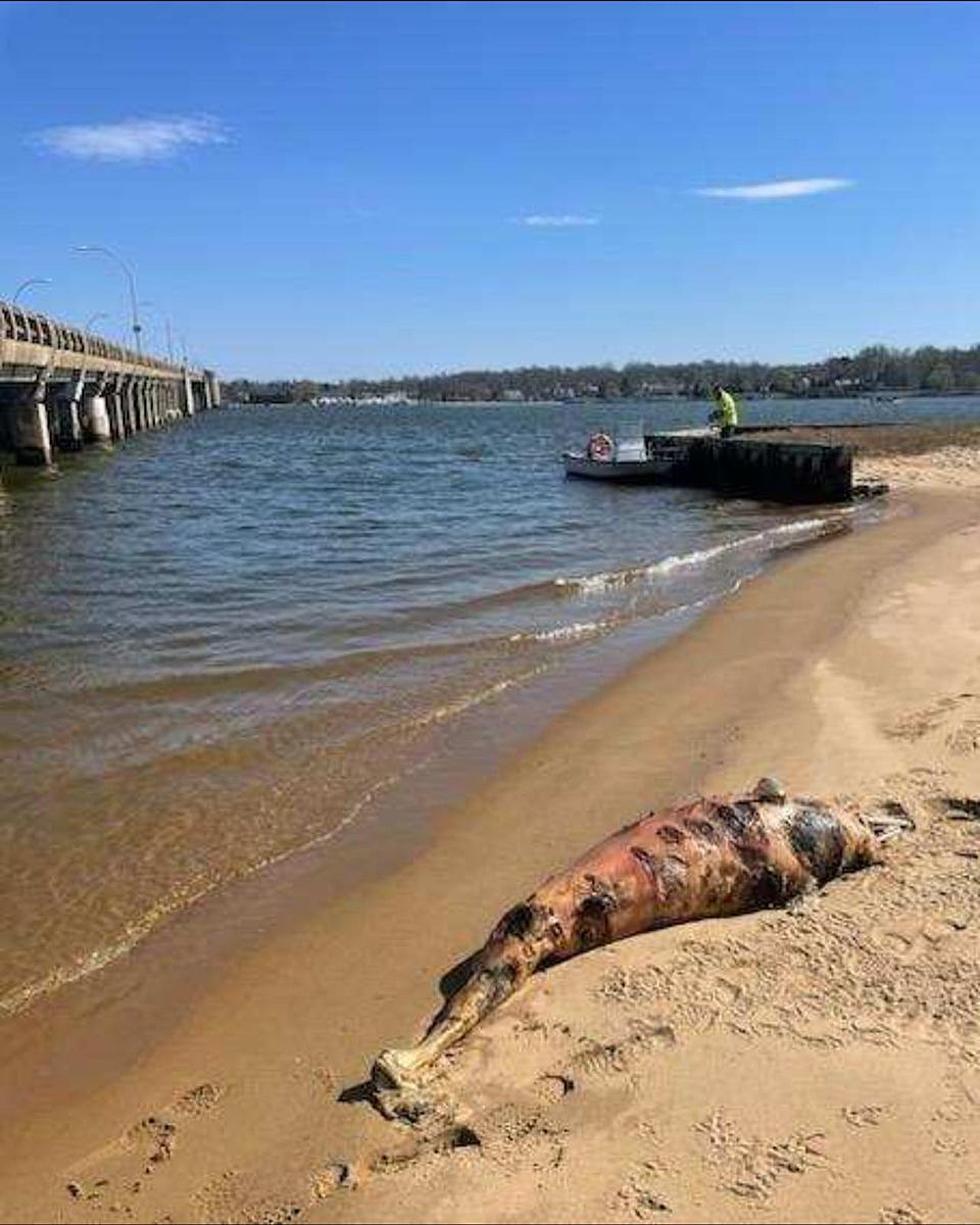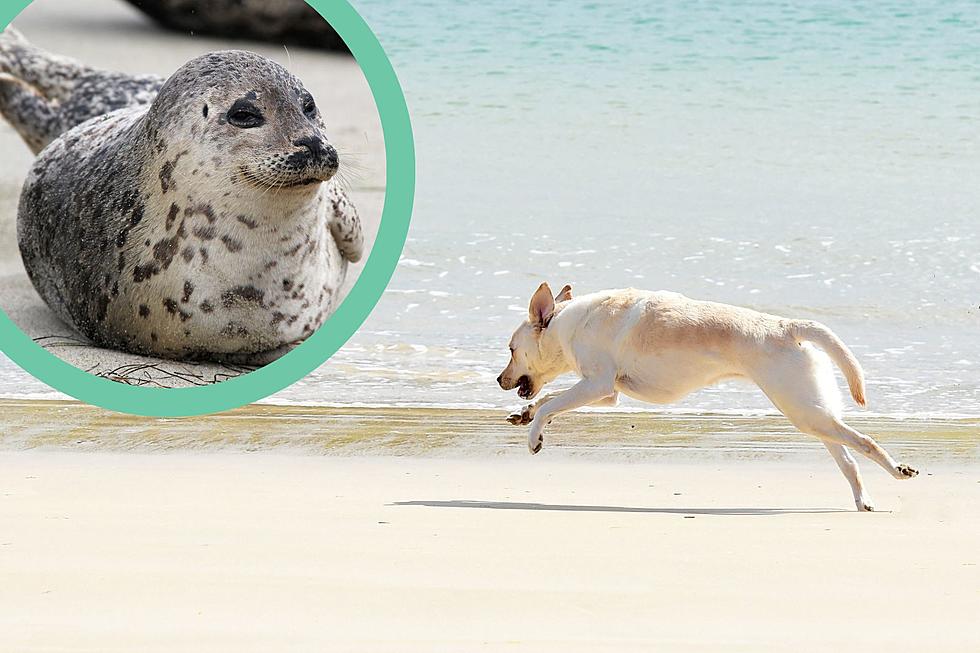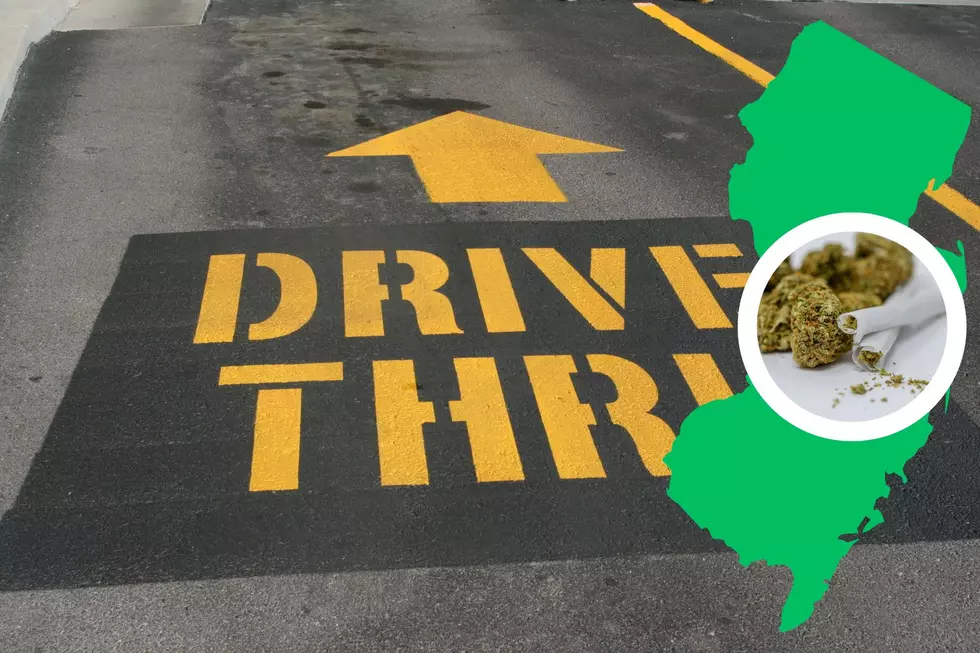
Is Beached Sea Turtle Dead or Cold-Stunned? Here’s How to Tell
Brigantine's Marine Mammal Stranding Center has put out some useful cold weather information concerning finding a seemingly dead or comatose sea turtle washed up on a beach this winter.
Is that sea turtle dead or could it possibly be "cold-stunned"? How can you tell? What should you do?
The answers are you really can't really tell and you should call the Marine Mammal Stranding Center immediately.
What you definitely should not do is try to warm up the sea turtle to see if it responds.
What is cold-stunning, anyway?
The National Oceanic and Atmospheric Administration -- NOAA --describes it this way.
Cold-stunning is a condition in which sea turtles become very weak and inactive from exposure to cold temperatures. It generally occurs when water temperatures fall below 50˚F where sea turtles are present.
Cold-stunned turtles become lethargic and are eventually unable to swim causing them to float at the surface. Wind and/or tides may wash them ashore. If temperatures remain low or turtles are not rescued, they can develop secondary health problems or die. Hundreds or even thousands of sea turtles can be affected by cold-stunning events.
The natural reaction may be to try to help or move the sea turtle, but, the Marine Stranding Center cautions that you could do more harm than good.
The way to help a sea turtle or turtles washed up on shore is to call the Marine Mammal Stranding Center's hotline number -- 609-266-0538 and give them the information on your location. The MMSC says to call the hotline even if you are sure the turtle is deceased.
It can be very hard to tell for sure, so please call them.
South Jersey Best Tattoo Joints, According to Listeners
Heartbreaking! Help Find These People Missing in South Jersey
More From SoJO 104.9 FM









